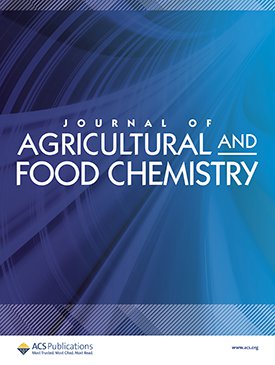Use of natural pigments such as betalains in food and health-related products is often limited by said pigments’ relative oxidative stabilities in the products or physiological matrices. Determination of mechanism of oxidation may inform future development and delivery of better stabilized molecules for improved outcomes. In order to best determine oxidation mechanism of betanin, a natural food colorant, our efforts were directed towards structural elucidation (LCMS-IT-TOF and NMR) of previously tentatively-identified key dehydrogenation products that had been generated as a result of betanin, decarboxylated betanin, and neobetanin oxidation by 2,2'-azino-bis(3-ethylbenzothiazoline-6-sulphonic acid) (ABTS) cation radicals. The resultant oxidation products, the neo-derivatives, were the most stable and survived the preparative isolation and purification process. Structural analyses subsequently confirmed that these compounds, as well as neobetanin, were also the key products of alternative pathways of betanin and 2-decarboxy-betanin oxidation when catalyzed by Cu2+ cations in aqueous solutions at pH close to neutral. Therefore, the structures of the following five neo- or xanneo-derivatives (14,15- or 2,3,14,15-dehydrogenated derivatives, respectively) were confirmed: neobetanin, 2-decarboxy-neobetanin, 2-decarboxy-xanneobetanin, 2,17-bidecarboxy-xanneobetanin and 2,15,17-tridecarboxy-xanneobetanin. This research confirmed that Cu2+-catalyzed oxidation of betanin and 2-decarboxy-betanin results in generation of neo-derivatives of betanin. In contrast, Cu2+-catalyzed oxidation of 17-decarboxy-betanin and 2,17-bidecarboxy-betanin resulted mostly in formation of betanin xan-derivatives. A relevant mechanism of Cu2+-catalyzed oxidation of the pigments is proposed herein that suggests that the oxidation of betanin can possibly occur in the region of the dihydropyridinic ring and can omit the stage of methide quinone formation in the dihydroindolic system.

